How To Remove App In Ipad Os Dashboard

If you've been using Mac for a long while, then over time, the number of installed applications could amount to up to 100. Most likely you don't use all of them regularly, and some not at all. These programs take up space, not just in the Finder window, but in your hard drive. So it's probably time to uninstall these apps. However, you may want to uninstall default Apple applications. In this article, we explain why default Apple programs are protected from being removed and how to uninstall them despite the protection.
Contents
1. Why are default Apple apps protected from being removed
2. How to uninstall default Apple apps with Terminal
3. How to completely uninstall third-party apps on Mac
4. How to reset default Apple apps
Why are default Apple apps protected from being removed
If you have tried to uninstall Safari, Photos, Mail, iTunes or other standard macOS applications, you might have seen this error message about the impossibility of deleting these apps because it's a requirement of macOS.
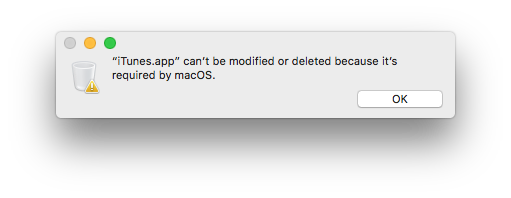
It is prohibited to delete standard applications in a regular way due to the fact that the removal of built-in applications may damage the viability of the system. Although you can download Safari or iTunes from the official Apple website, other important programs are not available to be restored. Apple doesn't allow you to delete its necessary apps.
This rule is extremely important for inexperienced users. However, if you are a computer geek and understand which default programs are safe to remove, you can do it via Terminal.
How to uninstall default apps on Mac with Terminal
Despite the warning, it is possible to remove unnecessary standard programs via Terminal. But first, you should know that with the release of macOS 10.12 Apple has made changes in its security technology System Integrity Protection (SIP) and it now forbids modifying system items on Macs. The SIP limits the actions that the user can perform on protected parts of the Mac operating system.
That's why, before trying to remove default apps, you would need to disable the Apple System Integrity Protection:
- Restart your Mac and press Command+R key shortcut while the reboot is in progress.
- You will see an unusual startup window – this is the recovery mode. In the Menu bar click Utilities → Terminal.
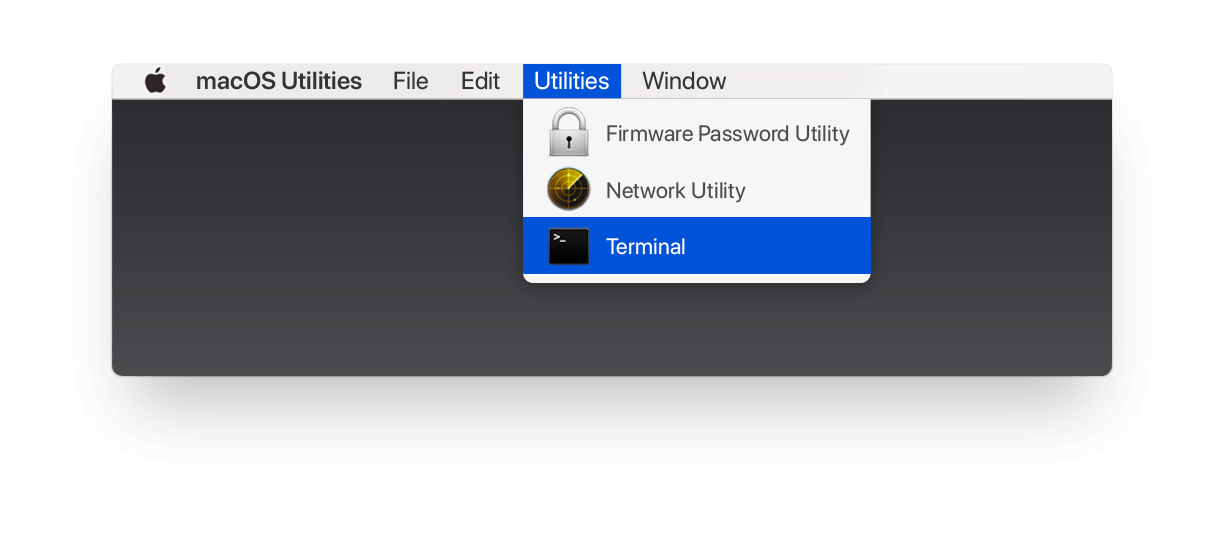
- Type in Terminal the next command: csrutil disable
- Press the Return key. You will see that your System Integrity Protection is disabled.
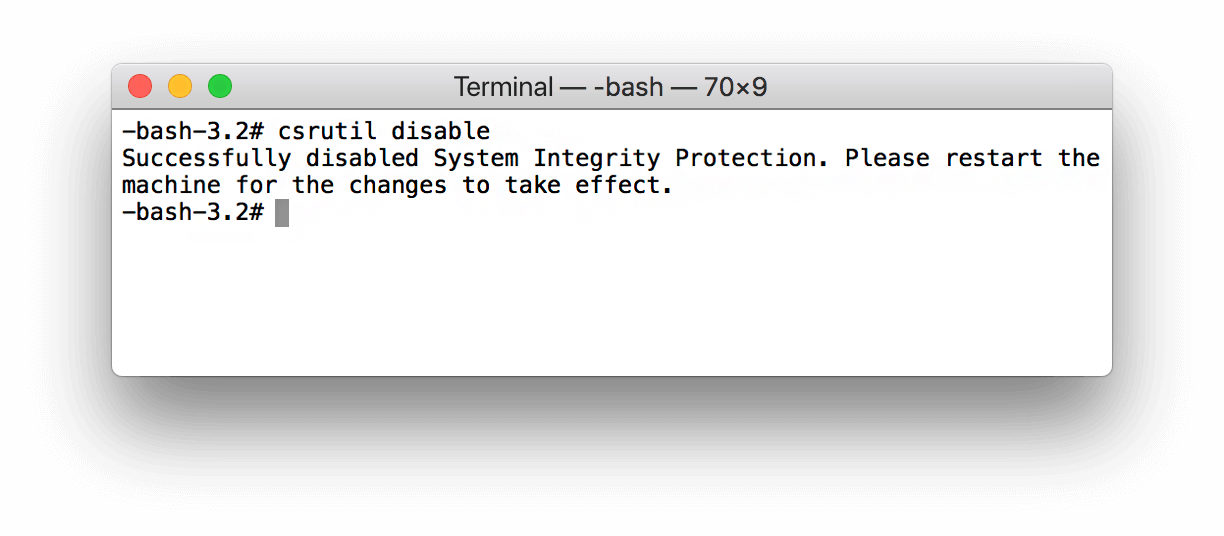
- Restart your Mac.
- Login to your system through your admin account. You can remove default apps only if you have administrator rights. However, if you have already signed into the user account, you can use a special command right in the Terminal to re-login.
- So launch Terminal.
- Mount the /System/Applications folder to have Read & Write permission. For this, use the following command: sudo mount -uw / System / Applications
*If you signed into the user account, first use this command to re-login:
login
[admin username=""][/admin] → enter the password → and then mount the folder.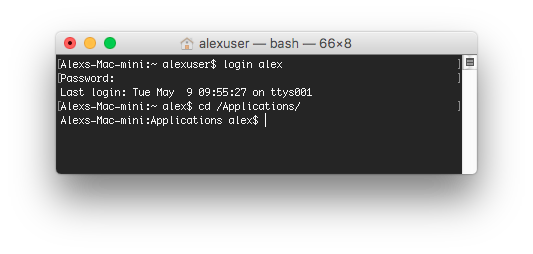
- Then type the command cd /Applications/ and click the Return button. The application directory will be shown.

- Now you can start deleting applications using Terminal. To remove apps with Terminal, use the command
sudo rm -rf <application name>
Please be careful: when you remove items via Terminal, the system does not ask for confirmation. Each application has its own command:
- Safari: sudo rm -rf Safari.app/
- Mail: sudo rm -rf Mail.app/
- FaceTime: sudo rm -rf FaceTime.app/
- QuickTime: sudo rm -rf QuickTime\ Player.app/
- Notes: sudo rm -rf Stickies.app/
- Chess: sudo rm -rf Chess.app/
- Photo: sudo rm -rf Photo\ Booth.app/
- ITunes: sudo rm -rf iTunes.app/
Important:
After you have deleted the apps, don't forget to enable back the System Integrity Protection in order to not remove other important apps by mistake. For this, again restart your Mac → use Command+R shortcut → open Terminal and this time type the command csrutil enable. Then restart the Mac.

Once again, you should understand that uninstalling macOS built-in programs is at your own risk. And it may happen that the only way to reestablish an app and solve issues arising is to reinstall your macOS system (Sierra, Mojave, Catalina etc.)
Therefore, if you are not exactly sure what you are doing, it's better not to attempt it!
How to correctly uninstall third-party apps on Mac
You might know that when you simply move apps to the Trash, they leave their service files on the disk. So usually you then need to go to the Library folder → Application Support and remove the app's related items from there.
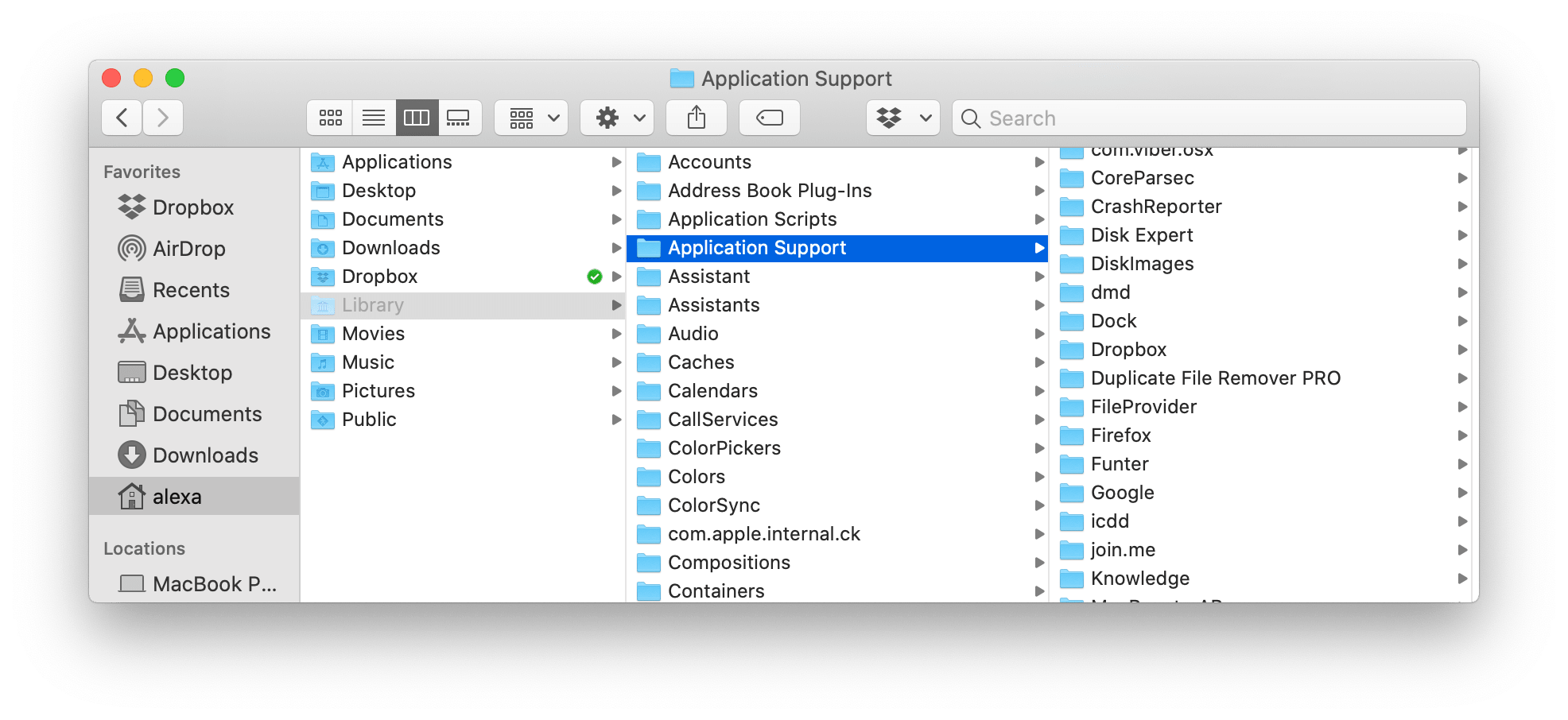
Also, you can use App Cleaner & Uninstaller – a professional utility to remove applications correctly and completely. With App Cleaner & Uninstaller you can save time and do all these necessary activities in just one click.
- Launch App Cleaner & Uninstaller.
- Sort the apps by size.
- Uninstall the biggest apps or those that have not been used for a long time.
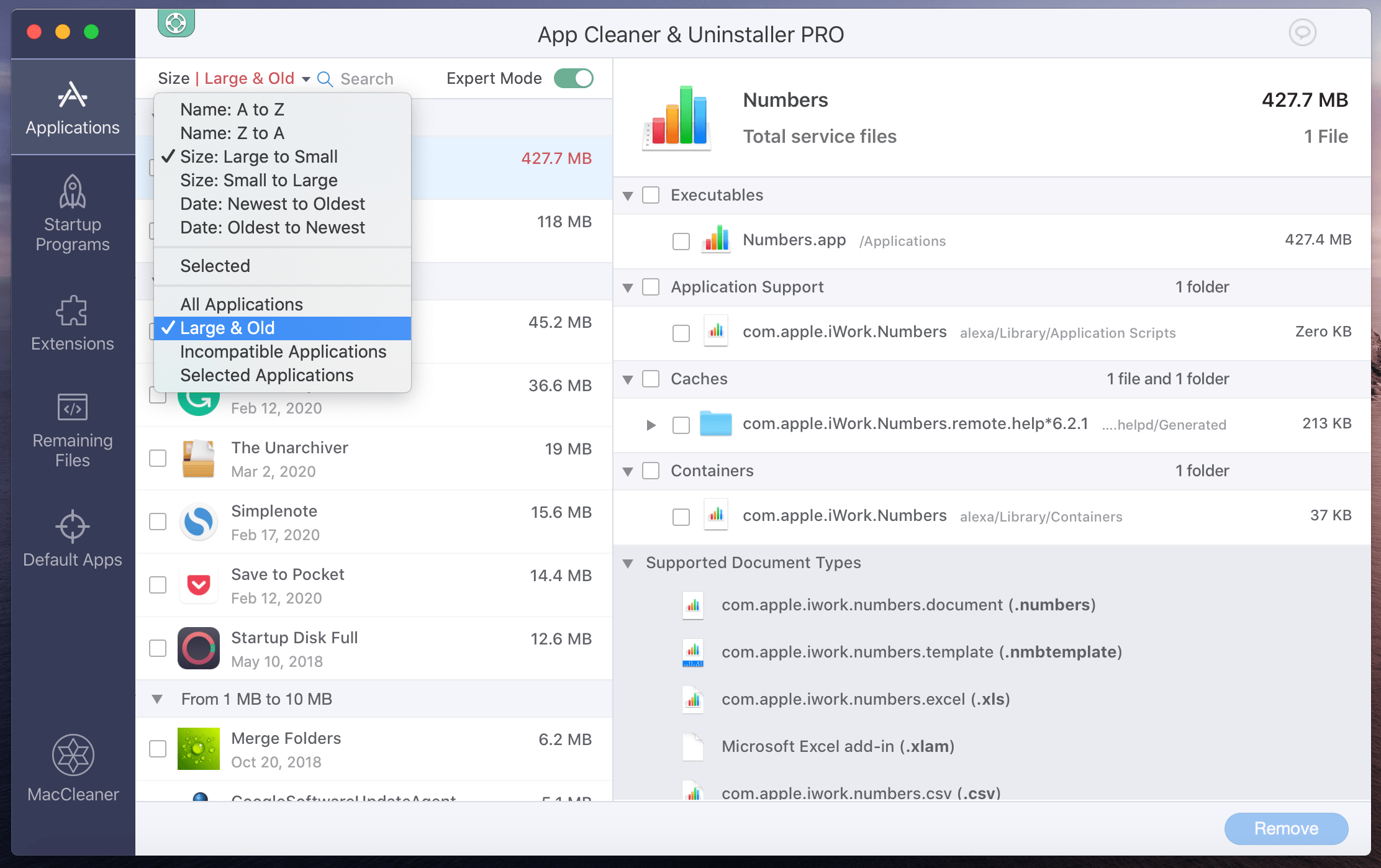 The app finds all the service files of used apps and even the leftovers of already removed apps. On the screenshot, you can see the list of installed apps on the left and the program's support items on the right.
The app finds all the service files of used apps and even the leftovers of already removed apps. On the screenshot, you can see the list of installed apps on the left and the program's support items on the right.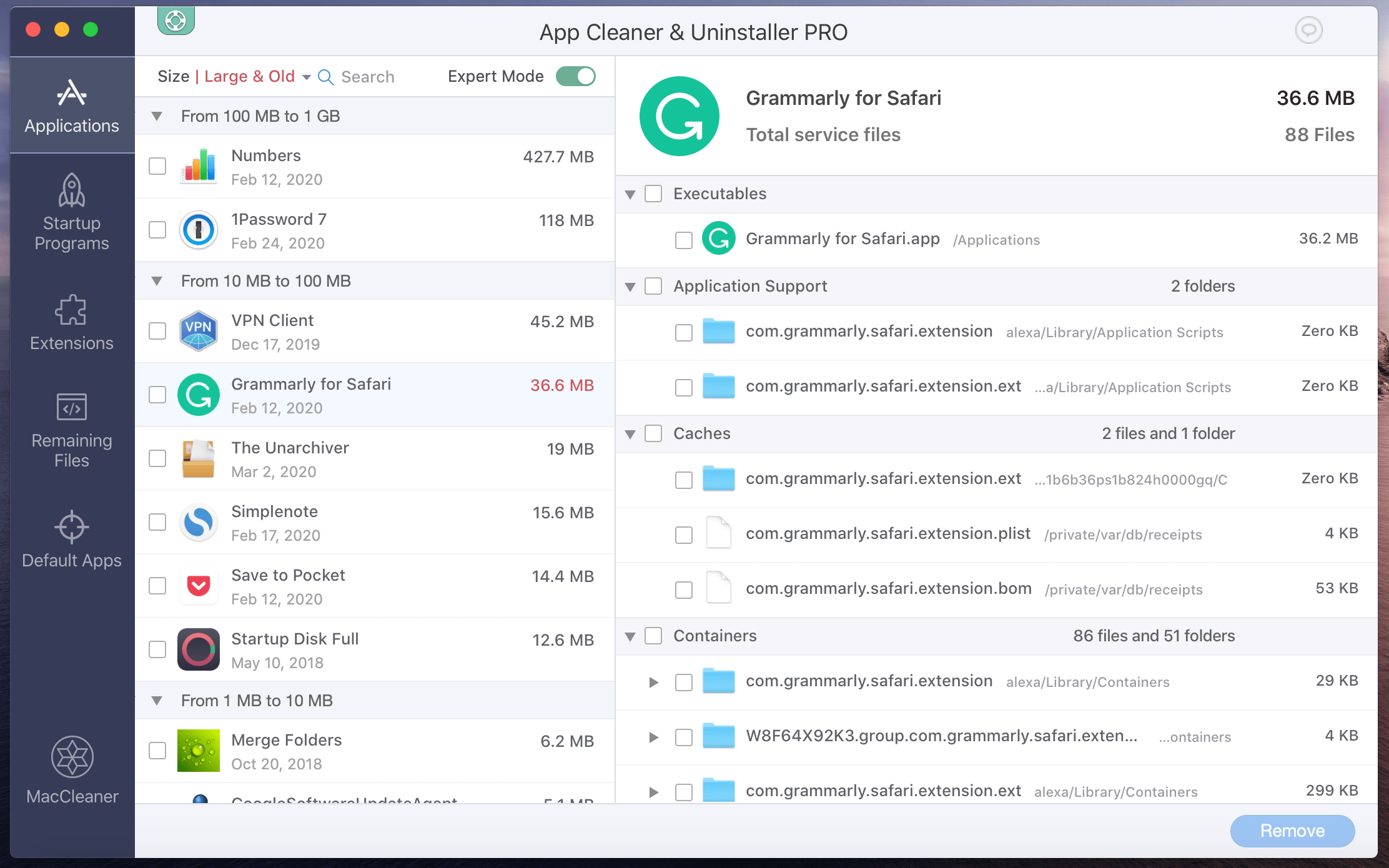
Here you will not find default Apple applications like Safari, Notes, Photos and others. As we explained above, Apple does not allow to remove its default apps. That's why App Cleaner & Uninstaller does not uninstall such apps as well. However, you can remove the service files of default apps and reset them.
How to reset default Apple apps
- Launch App Cleaner & Uninstaller.
- Go to Preferences.
- Enable Displaying System Applications in the General tab.
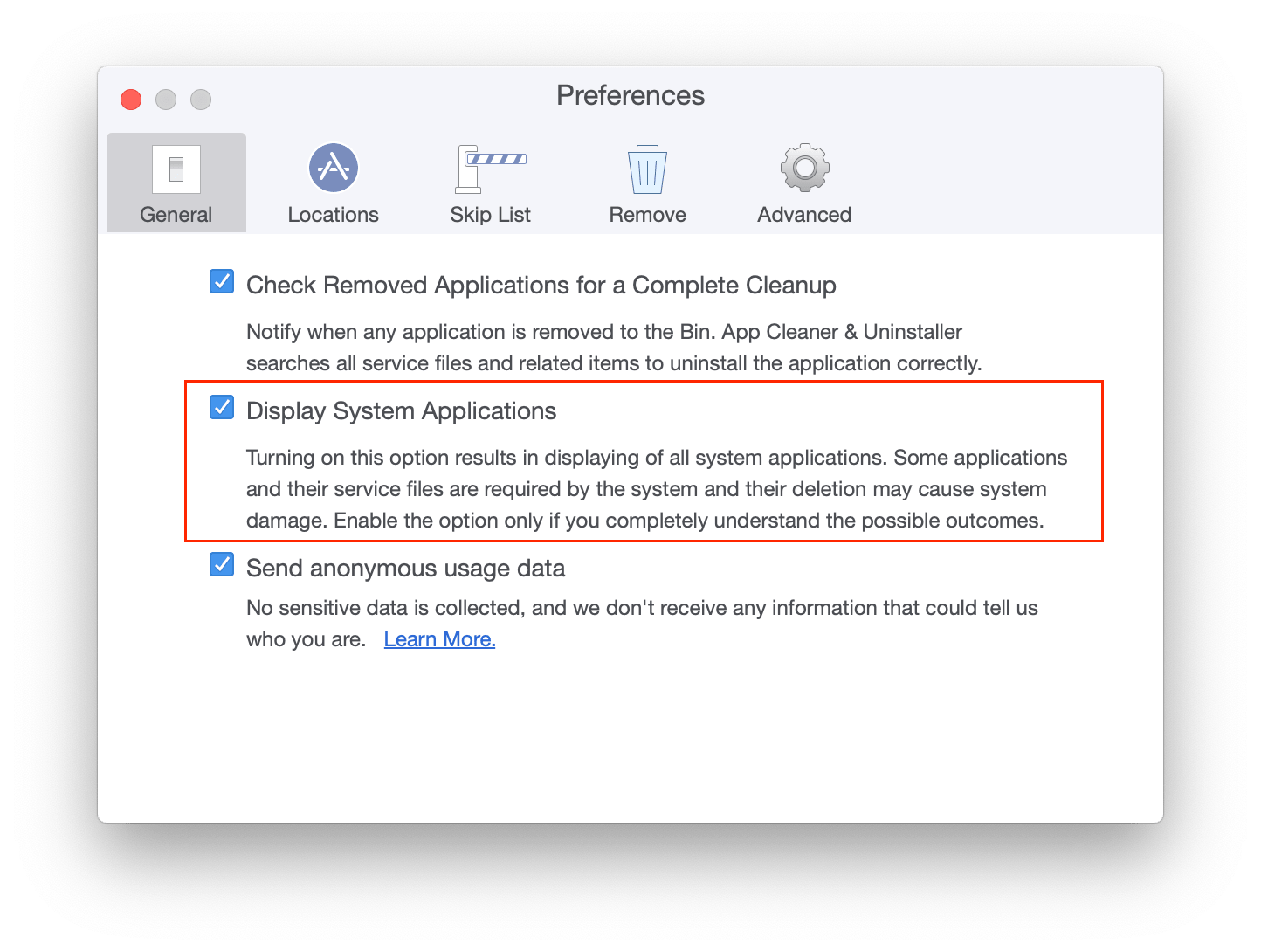
- Find system apps and select their service files for removal.
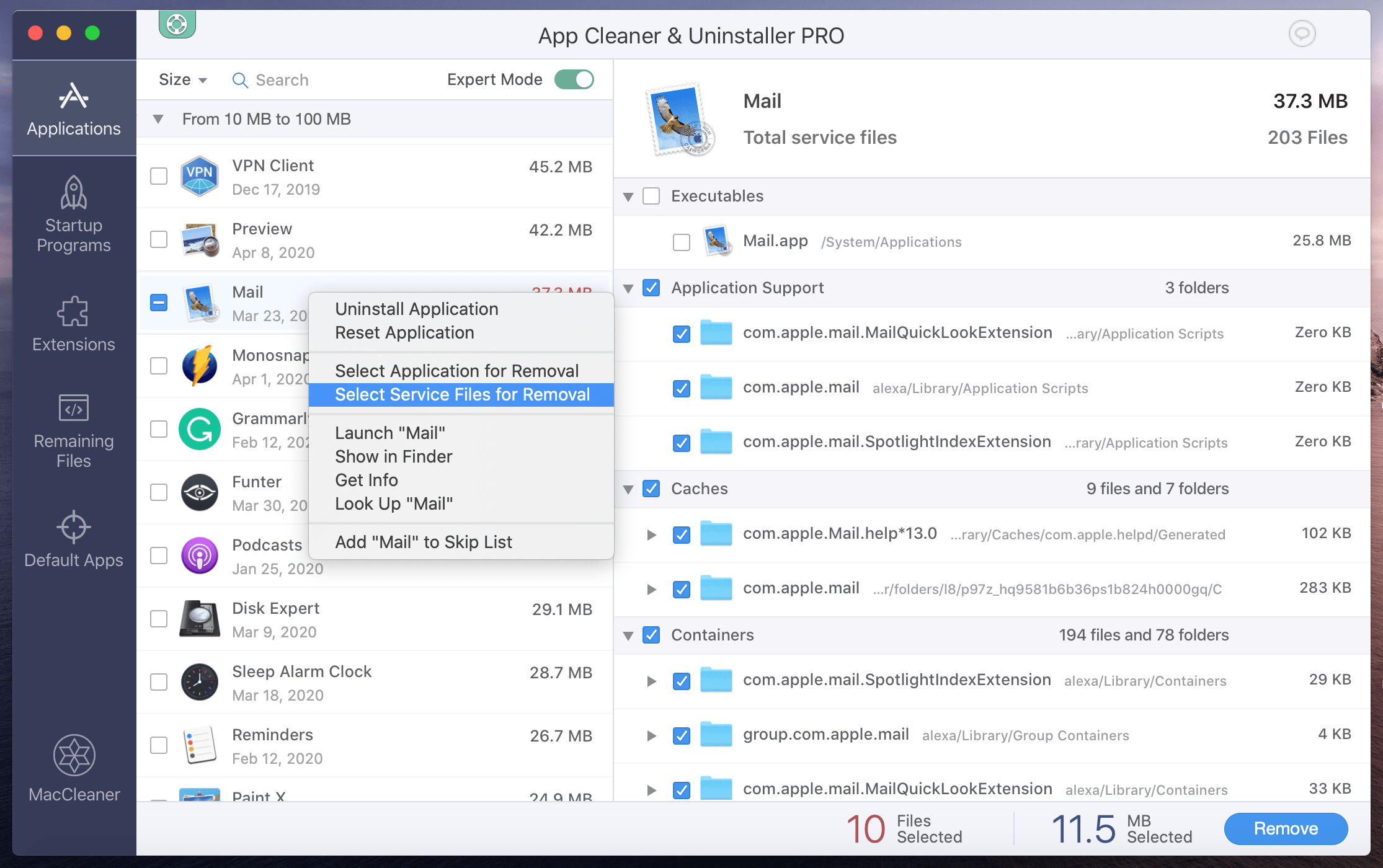
- Click on Remove.
Thus, if you need to free up space on your Mac, we recommend uninstalling only third-party applications and clear service files of default apps. Use App Cleaner & Uninstaller for these tasks.
How To Remove App In Ipad Os Dashboard
Source: https://nektony.com/how-to/uninstall-default-apple-apps-on-mac
Posted by: jarvisuppeathe.blogspot.com

0 Response to "How To Remove App In Ipad Os Dashboard"
Post a Comment